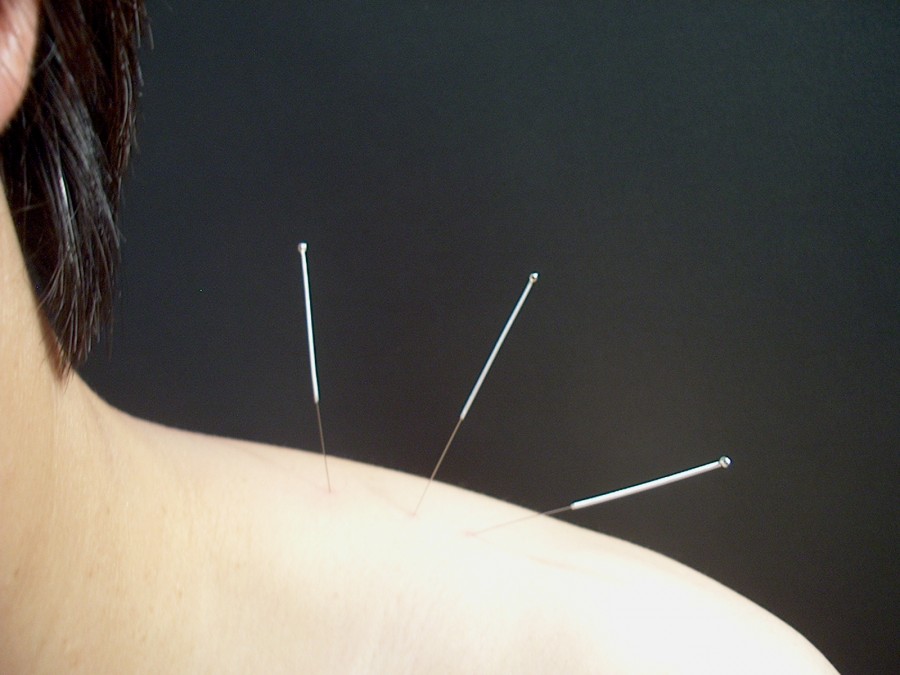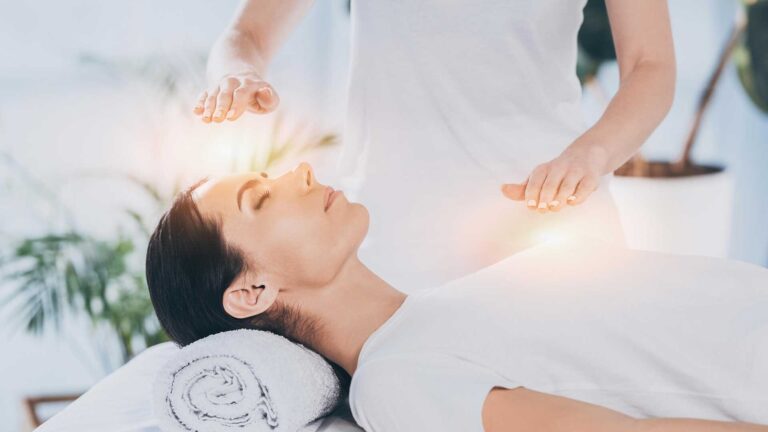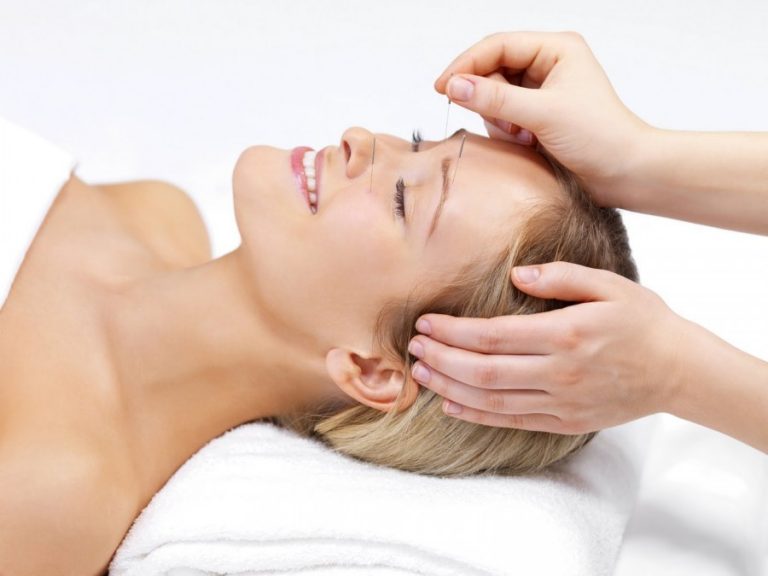Acupuncture – What is it
Acupuncture (from Lat. acus, “needle” (noun), and pungere, “prick” (verb)) or in a Chinese dialect, is a technique intended to promote health and well-being, that entails the insertion, into the body of its subject, of very thin needles. These needles are applied by trained practitioners into areas described as “acupuncture points” Acupuncture in China is traced as far back as the 1st millennium BCE, and archeological evidence has been identified with the period of 202 BCE – 220 CE. Its practice spread centuries ago into many parts of Asia; in modern times it is a component of traditional Chinese medicine (TCM), and forms of it are also described in the literature of the traditional medicine of India.
In the West, it has adherents (including some medical practitioners), who consider it part of complementary and/or alternative medicine. The traditional theory of acupuncture at least superficially conflicts with Western medical knowledge. The consensus of Western-trained medical doctors and medical-research specialists
• accepts at least effectiveness as a placebo in some situations,
• as of 2004 finds it more effective than placebo acupuncture in relieving pain of osteoarthritis, and
• continues research on possible value in various areas of medicine.
Historically, TCM generally presumed that warming an acupuncture point, typically by moxibustion was a stronger treatment than acupuncture. The term zhēn jǐu, for acupuncture comes from zhen meaning “needle”, and jiu meaning “moxibustion”. Moxibustion is still used in the 21st century, to degrees that vary among the schools of TCM, including attaching burning mugwort to the needle during acupuncture.
Most modern acupuncturists use disposable stainless steel needles of very fine diameter, that have been sterilized.
Theory
Twelve primary channels run vertically, bilaterally, and symmetrically. Each channel corresponds to and connects internally with, one of the twelve Zang Fu. This means that there are six yin and six yang channels. There are three yin and three yang channels on the arm, and three yin and three yang on the leg.
The three yin channels of the hand (Lung, Pericardium, and Heart) begin on the chest and travel along the inner surface of the arm to the hand.
The three yang channels of the hand (Large Intestine, San Jiao and Small Intestine) begin on the hand and travel along the outer surface of the arm to the head. The three yang channels of the foot (Stomach, Gallbladder, and Bladder) begin on the face, in the region of the eye, and travel down the body and along the outer surface of the leg to the foot.
The three yin channels of the foot (Spleen, Liver and Kidney) begin of the food and travel along the inner surface of the leg to the chest or flank.
The course of each of the twelve channels comprises an internal and an external pathway. The external pathway is what is normally shown on an acupuncture chart and is relatively superficial. All the acupuncture points of a channel lie on its external pathway. The internal pathways are the deep course of the channel where it enters the body cavities. The superficial pathways of he twelve channels describe three complete circuits of the body.
The flow of energy through the meridians is as follows: Lung channel of hand taiyin to Large Intestine channel of hand yangming to Stomach channel of foot yangming to Spleen channel of foot taiyin to Heart channel of hand shaoyin to Small Intestine channel of hand taiyang to Bladder channel of foot taiyang to Kidney channel of foot shaoyin to Pericardium channel of hand jueyin to San Jiao channel of hand shaoyang to Gallbladder channel of foot shaoyang to Liver channel of foot jueyin then back to the Lung channel of hand taiyin.
Traditional Chinese medical theory holds that acupuncture works by redirecting qi “vital energy” in the body. Pain or illnesses are treated by attempting to remedy local or systemic accumulations or deficiencies of qi. Pain is considered to indicate blockage or stagnation of the flow of qi, and an axiom of the medical literature of acupuncture is “no pain, no blockage; no blockage, no pain”.
While it is claimed by some that there is no physical evidence for the existence of qi or for its claimed effects, and that acupuncture is therefore a pseudoscience or metaphysical belief, many patients experience the sensations of stimulus known in Chinese as “deqi” (“obtaining the qi”) This was historically considered to be evidence of effective treatment. Often deqi takes the form of a propagation of sensation along the trajectory of the so-called acupuncture “channels” or meridians. Research into the phenomena of “deqi” has mostly been conducted in China and Japan.
Treatment of acupoints may be performed along the 12 main or 8 extra meridians located throughout the body. 10 of the main meridians are named after organs of the body (Heart, Liver etc.) two after so called body functions (Heart Protector or Pericardium, and San Jiao, “triple heater”). The two most important of the eight “extra” meridians are situated on the midline of the anterior and posterior of the trunk and head.
The acupuncturist will decide which points to treat by thoroughly questioning the patient, and utilizing the diagnostic skills of traditional Chinese medicine, such as observation of the left and right radial pulse.
An acupuncture procedure
Although accepted as a medical treatment in Asia for millennia, acupuncture’s arrival in the West has sparked much controversy. Acupuncture has eluded scientific explanation to some degree. However, in 1997, the NIH issued a consensus statement on acupuncture that concluded that there is sufficient evidence of acupuncture’s value to expand its use into conventional medicine and to encourage further studies of its physiology and clinical value.
The NIH statement noted that the data in support of acupuncture are as strong as those for many accepted Western medical therapies and added that the incidence of adverse effects is substantially lower than that of many drugs or other accepted medical procedures used for the same condition. For example, musculoskeletal conditions, such as fibromyalgia, myofascial pain, and tennis elbow… are conditions for which acupuncture may be beneficial. These painful conditions are often treated with, among other things, anti-inflammatory medications (aspirin, ibuprofen, etc.) or with steroid injections. Both medical interventions have a potential for deleterious side effects but are still widely used and are considered acceptable treatments.
The NIH consensus statement noted that there is clear evidence that needle acupuncture is efficacious for adult postoperative and chemotherapy nausea and vomiting and probably for the nausea of pregnancy… There is reasonable evidence of efficacy for postoperative dental pain… reasonable studies (although sometimes only single studies) showing relief of pain with acupuncture on diverse pain conditions such as menstrual cramps, tennis elbow, and fibromyalgia…
However, acupuncture does not demonstrate efficacy for cessation of smoking and may not be efficacious for some other conditions.
Potential risks
Acupuncture is an invasive technique, therefore it is not without risk. Hematoma may result from accidental puncture of any circulatory structure. Nerve injury can result from the accidental puncture of any nerve. Brain damage or stroke is possible with very deep needling at the base of skull. Also rare but possible is pneumothorax from deep needling into the lung, and kidney damage from deep needling in the low back. Needling over an occult sternal foramen (an undetectable hole in the breastbone which can occur in up to 10% of people) may result in a potentially fatal haemopericardium. Needles that are not properly sterilized can transfer diseases such as HIV and hepatitis. Severe injury from acupuncture is extremely rare, but not unheard-of. Well-trained, licensed and experienced acupuncturists are less likely to injure a patient. The NIH consensus panel made the following statement about the risks associated with acupuncture: “Adverse side effects of acupuncture are extremely low and often lower than conventional treatments.”
Links:
• Five Element Acupuncture Information Site http://5element.com.au/
• Acupuncture, The Facts. http://chinese-school.netfirms.com/acupuncture-whatis.html
• How acupuncture works explained http://www.itmonline.org/arts/acuintro.htm
• Open Directory: Acupuncture and Chinese Medicine. http://dmoz.org/Health/Alternative/Acupuncture_and_Chinese_Medicine – A collection of links, mostly to pro-acupuncture sites.
• The Skeptics dictionary on acupuncture http://www.skepdic.com/acupunc.html
• The Straight Dope on Acupuncture http://www.straightdope.com/columns/000324.html – A concise criticism
Bibliography:
• Acupuncture. NIH Consensus Statement Online 1997 Nov 3-5; month, day; 15(5):1-34.
• Richardson PH, Vincent CA. The evaluation of therapeutic acupuncture: concepts and methods. Pain 24:1-13, 1986.
• Richardson PH, Vincent CA. Acupuncture for the treatment of pain. Pain 24:1540, 1986.
• Ter Riet G et al. The effectiveness of acupuncture. Huisarts Wet 32:170-175, 176-181, 308-312, 1989.



